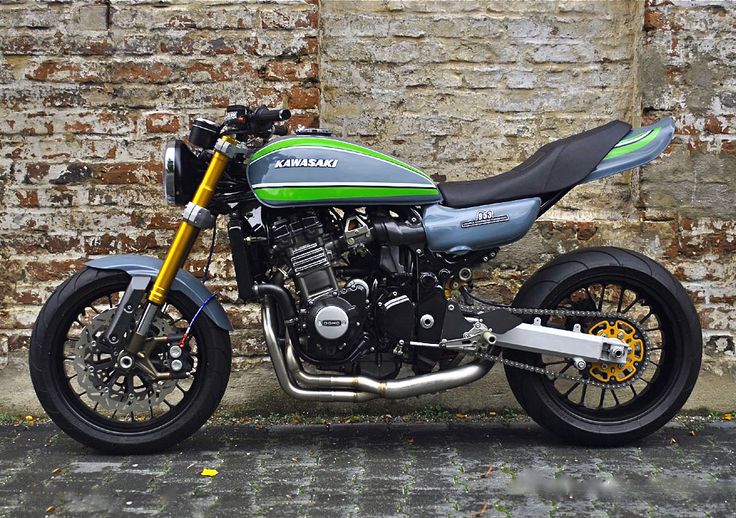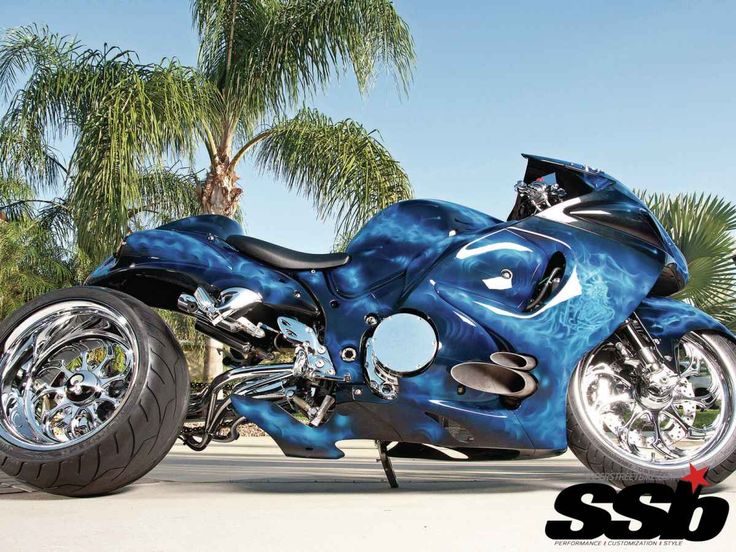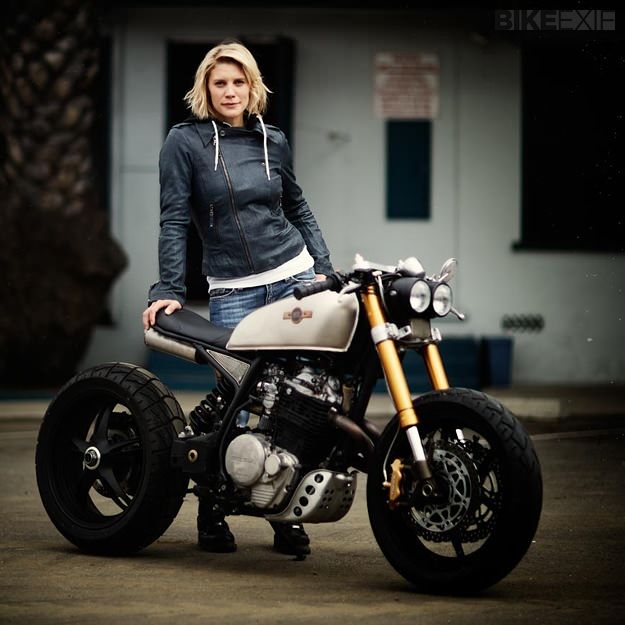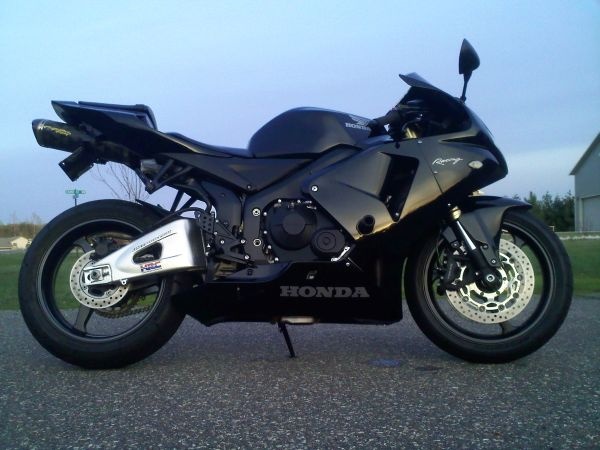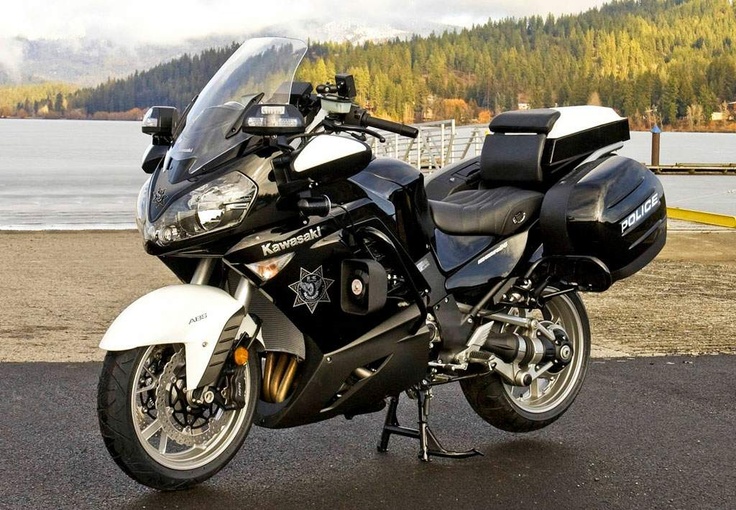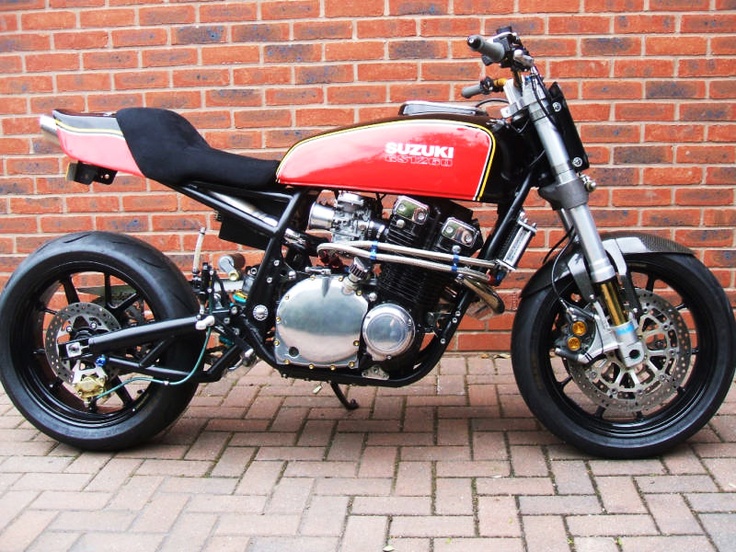Motorbikes
Probably it's not an easy task to define the ultimate inventor of the first motorbike. Its history is gradual and it took a century and a half for motorbikes to evolve from bicycles into modern two-wheel motor vehicles. It may seem curious for some to know that one of the first motorcycles was steam-powered! Initially, commercial models emerged with the release of the Butler Petrol Cycle in 1884 with the first four stroke gasoline engine, followed by the 1894 Hildebrand & Wolfmüller. Since then motorbikes entered a phase of drastic development. During the 50 years period from the 1900s to the 1950s the motorcycle market saw an unprecedented rise in manufacturing brands, such as Triumph, Harley-Davidson, Honda, Suzuki, Kawasaki and Yamaha.
Currently, a broad range of bikes designed for different purposes and activities is available for buyers. Motorbikes are usually divided into long distance or touring bikes, commuter (cruising) motorcycles, street bikes or roadsters, and sport bikes including racing and off-road bikes. In fact, rider's body posture defines a motorbike type. Standard upright and slightly inclined body position is most common for general purpose street motorcycles, and can also be applied by drivers for long distance rides, but they can benefit more from a so-called cruiser position, meaning that the rider's saddle is situated a bit lower than usual, allowing to lean the body back. Usually such motorcycles (choppers for example) feature elevated handlebars designed for more comfort. Sport body posture requires the driver to lean forward, thus providing the most efficient outcome in terms of aerodynamics. It is widely used in Grand Prix motorbike races.
Almost all motorbikes have a conventional construction which is formed by a rigid aluminum or steel alloy frame on which other parts are mounted, a fuel tank situated in front of driver, a front suspension or fork and the engine. Engines may vary depending on particular model with each engine type having its advantages and disadvantages. Single stroke and four stroke engines are equally represented today. Several engine designs can be highlighted: a single cylinder motorcycle engine, an in-line triple, four or six cylinder engines, V-twin cylinder engines and box engines, also known as flat engines. Sometimes the number of cylinders exceeds even twelve, but these are mostly drag sport bikes, such as BMW V12. However Lincoln Zephyr Flathead V12 is a legitimate example of a touring bike. All engines provide different torque, RPM and vibration levels and are usually mounted on a particular motorcycle type.
The safety of motorbikes may seem questionable because of high mortality rates among bikers. It is true that you have little chances to survive in case of collision due to the absence of a unified vehicle body. However the means of body protection are crucial with hundreds of impact-resistance helmets, gloves, boots, leathers and even armored jackets available for purchasing.
In the time when the car traffic density is as high as it never was, you will get nowhere in dissuading a motorcyclist or anyone who deems motorbikes fancy from taking a ride. It remains and will remain being the fastest transport, especially taking into account the fact that lots of single cylinder light mopeds and bikes are on the rise.

